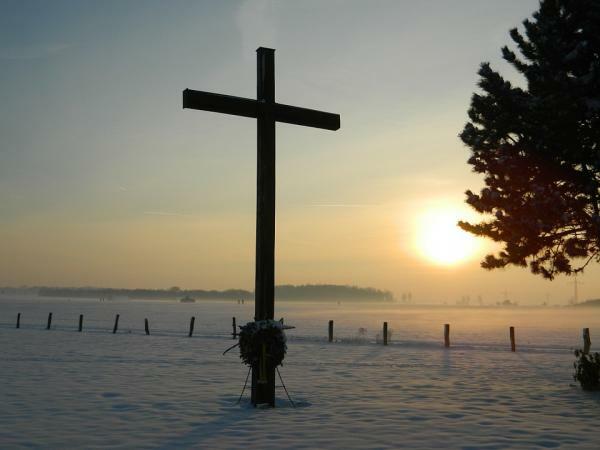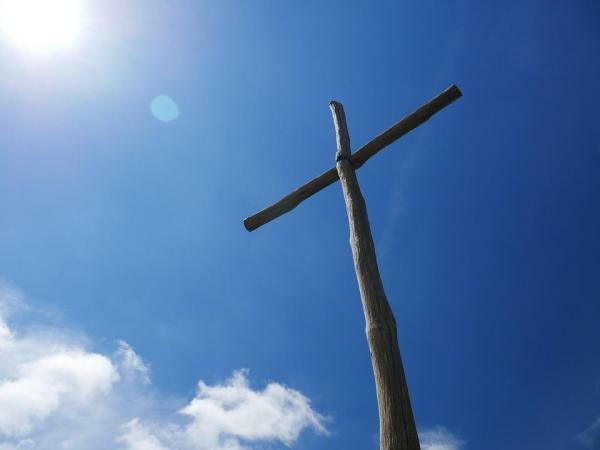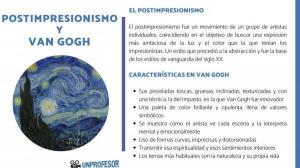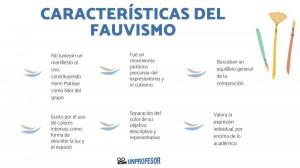The Church in the Middle Ages: summary

In this lesson from a TEACHER we are going to dwell on a very interesting topic within the story, the Church in the Middle Ages. This era was a time when the Church had a dominant role within feudal society, one of the most important elements being the great depository of knowledge and culture. First of all we must frame the place that we are going to study, this being Western Europe, which in the eleventh century we can say that it was mostly Christian. We will only talk about the West, because in the East we will find in the year 1054 the schism with the Byzantine Church, giving rise to the Orthodox Church.
Index
- The relationship of the Church and feudal society
- The organization of the Church in the Middle Ages
- The main heretical movements
- Ecclesiastical reforms
The relationship of the Church and feudal society.
We start this summary of the Church in the Middle Ages discovering why this religious organ began to have so much power during the Middle Ages. We have to bear in mind that the Church, from the outset,
was obtaining land due to donations from Christian families, which on many occasions sought the redemption of their sins "paying a fee." On the other hand, it was very normal for many sons of nobles to enter the Church or monastic orders, contributing with their income a number of land or income.All this, being an organization in which no distributions were made, made it grow and that each monastery, convent, parish or archdiocese had more and more power over the rest of society. In fact, it is not uncommon to see in many books the denomination of the medieval Church as that of feudal lords, because after all they had fiefdoms, which were worked by peasants.
On the other hand, we have mentioned previously that they were those who kept the knowledge, since they were the only ones who knew how to read and write and, therefore, all the documents of the past were kept in their libraries. In the same way, in the beginning, until the appearance of the palace bureaucracy, they were the ones who drew up the leases and contracts. even wills, like any other necessary document, that is, everyone had to go to them to obtain said products.
Finally we must also bear in mind that the fear of not reaching paradise in the future life it was such that the whole society was subject to the designs of the Church, carrying out the tasks in relation to the monks' schedules. Anything that went outside the usual norm was frowned upon by society and, therefore, could be condemned by the Church.
In this other lesson from a TEACHER we discover a summary of feudal Europe so that you know better how the old continent was during this time.
The organization of the Church in the Middle Ages.
We continue with this summary of the Church in the Middle Ages speaking of the division of this body of power. Above all, it was divided into these two bands:
Secular clergy
It was made up of archbishops, bishops and parish priests, that is, those members of the Church who lived within society, or what is the same, who carried out their activities in the cities and facing the public.
Within this group, we can say that the parish priests were the weakest link in the chain as they were the poorest, they directed the parishes, that is, small districts. The union of a group of parishes was called diocese which was directed by the bishop and the union of several dioceses formed a archdiocese which was headed by the archbishop.
Regular clergy
It will be a part of the clergy who will have their own rules, being one of the most important and known the rule of ora et labora, or what is the same, he prays and works (apart from those sent by the Church).
It was made up of people who chose to isolate themselves from the world. These although they were also possessors of great dominions of earth, in fact although they lived outside the society, had great strength within it, some of the monasteries being great rivals of the parishes themselves or diocese.
Within these we must know that there was various classes:
- Abbot: He was the one who organized the community, in addition to being the head of it.
- Monks: they were all those who had joined these orders giving a donation, that is, in many cases they will be people belonging to the nobility. Which in many cases had privileges.
- Laity: they were the inferiors and on many occasions they acted as servants of the other two groups. They used to belong to this people who in their youth had been delivered by their parents to the monastery to provide them with a better life.
The first order that appeared in the West was created by Saint Benedict of Nusia, who would found the Benedictine order, which forced its members to fulfill the vows of obedience, chastity and poverty.
In this other lesson from a TEACHER we will discover the main characteristics of feudal society.

The main heretical movements.
The Middle Ages covers a very long period, in which the passing of the centuries brought to light a series of discrepancies and ideas that sometimes put the Roman Church between a sword and a Wall. On many occasions these problems came from the interference that was made from the papacy itself in earthly affairs, neglecting in many cases matters merely reserved for the Church, such as the divine.
In this way, a series of unorthodox movements or thoughts that were considered by the Church of Rome as heresies, next we will see the most important:
Priscillianism
It originated in the S IV receiving its name from its preacher, Priscilian. This current rejected the great wealth and the relaxation in ecclesiastical norms on the part of the Church of Rome, defending the beginnings of Christianity, which were poor.
On the other hand, and one of the fundamental points so that they wanted to end this current from the beginning, was that they were defenders of give women a fundamental role within the Church, in which she should enjoy wide freedom, in addition to being able to become authorities. This current spread throughout much of the Iberian Peninsula, in which it gained many followers.
After being betrayed by some of his followers, Prisciliano would be executed, other important characters were arrested and the The rest of the adepts were considered heretics, so they suffered exile in addition to seeing their property seized.
Cathars or Albigensians
It is the best known of the heresies that occurred during the Middle Ages.. It can be said that it is located in the south of France and in the north of Aragon and Navarre.
The Cathars defended that there were two realities in the world, the physical world "created by the Devil" and the heavenly world "created by God." Within their doctrine the soul was the most important thing, they did not believe in the sacraments except in the transition of death, the only moment in which sins were expiated. Therefore they were not in favor of the collection of the sacraments by the Church.
Said thought was highly persecuted in the 14th century moment in which a crusade was carried out on these to exterminate them, a moment that France also took advantage of to seize French Navarre from the kingdom of Navarre.
The husites
It is located in Bohemia in the 15th century and its main figure would be Jan Hus, which was against the hierarchy of the Church. This would cause a real civil war in 1419 and would last until 1434 "Hussite wars".
The ecclesiastical reforms.
We end with this brief summary of the Church in the Middle Ages by talking about the reforms that were made in the church. In general, there were two that stood out above the others:
- The Cluniac reform It arose in the year 909 in the Abbey of Cluny, which was characterized by the idea of returning to the origins of monasticism, after a period of relaxation of customs and exuberance. Therefore penance would become one of their ways of life (being very strict). These were protected by the Pope at all times and their splendor came in the 12th century, a period in which they had about 1500 monasteries throughout Europe.
- The Cistercian reform, appeared when the Cluniacs forgot the original idea of their order and was another twist towards poverty and respect for the rules. The main figure of him was Bernardo de Clairvaux. These were characterized by looking for areas of very difficult access to find spiritual peace. In its most splendid moment it would have 700 monasteries but, like its predecessor, its ideals would fall into oblivion.
If you want to read more articles similar to The Church in the Middle Ages: summary, we recommend that you enter our category of Story.



